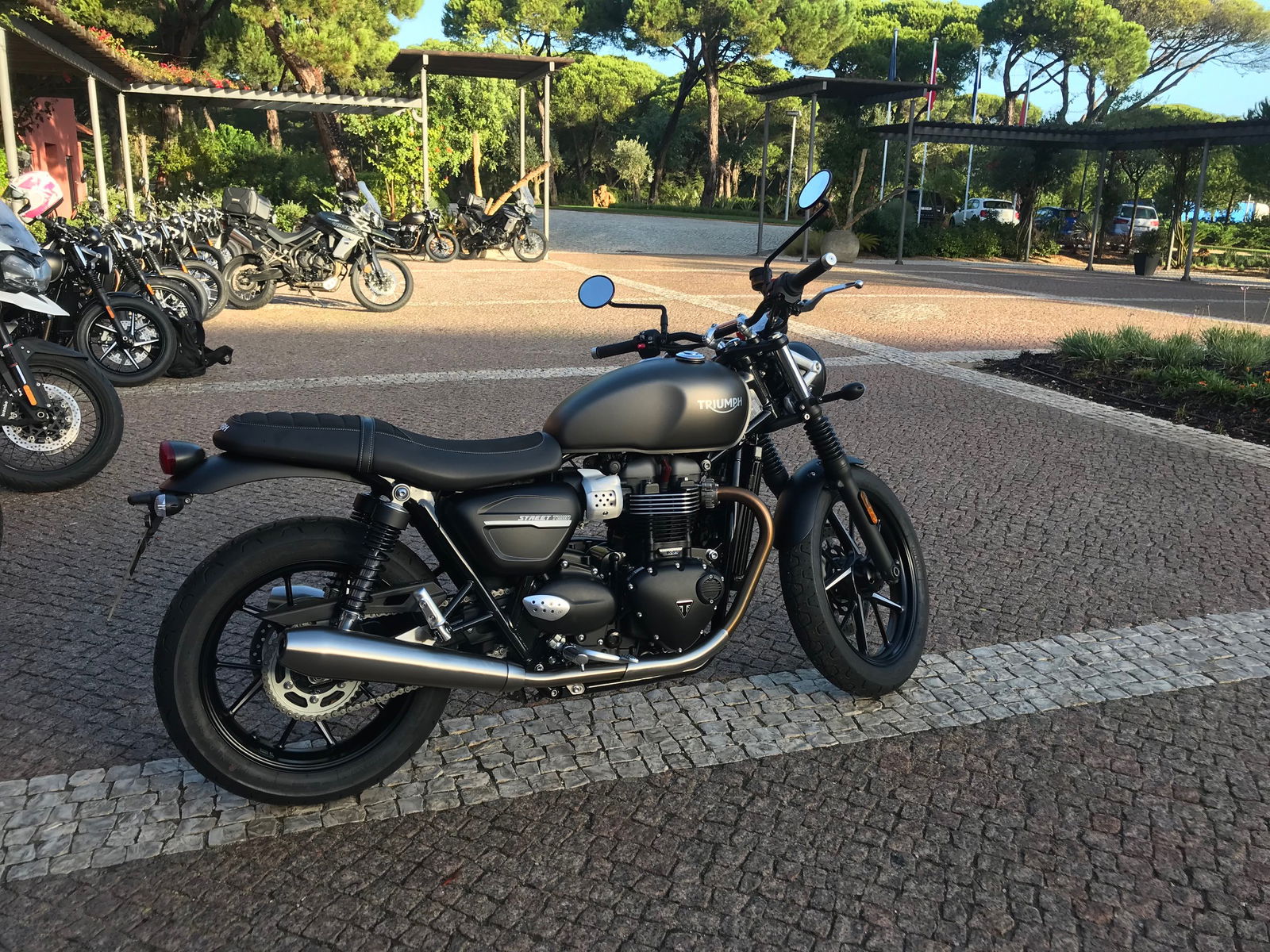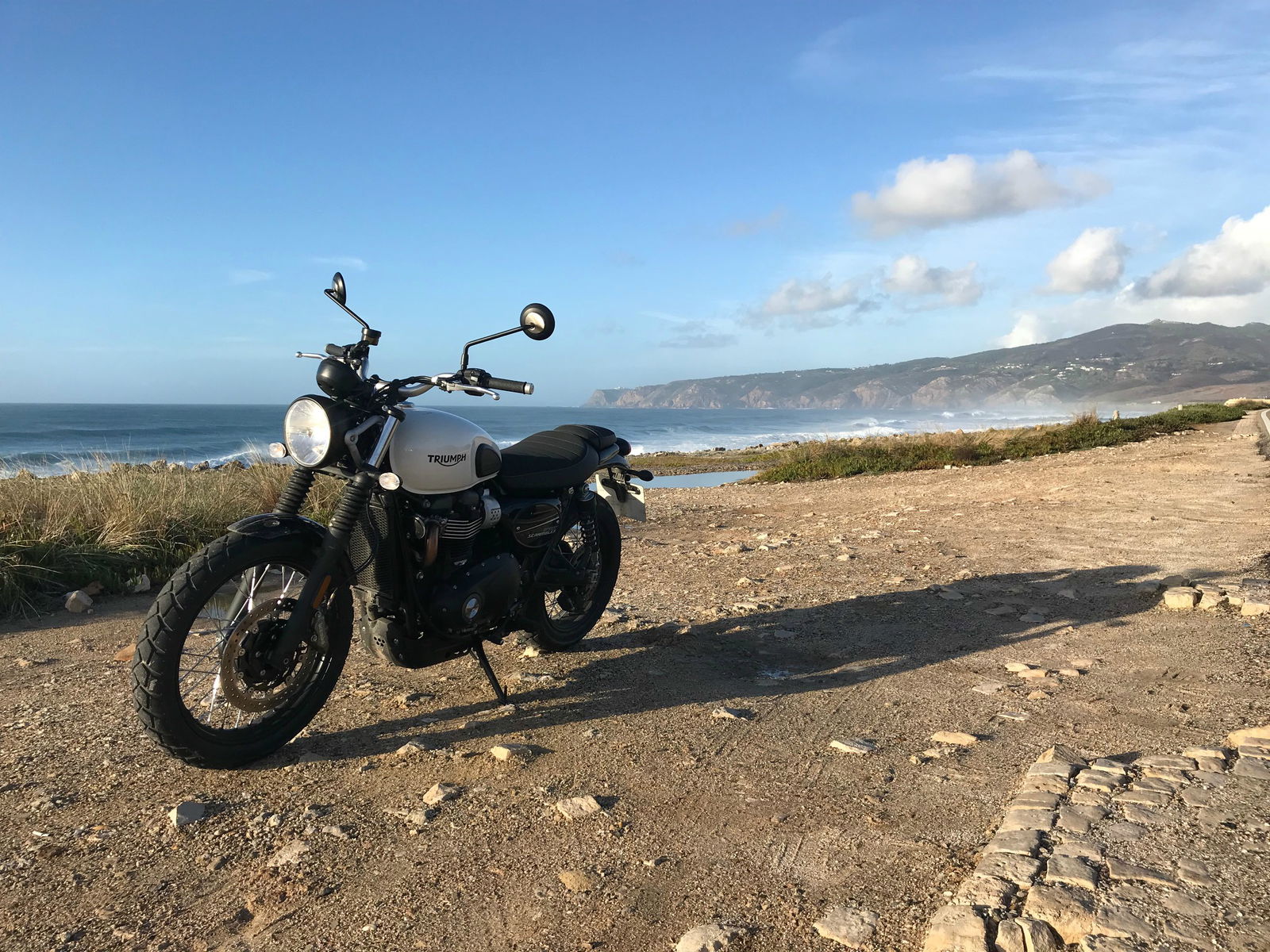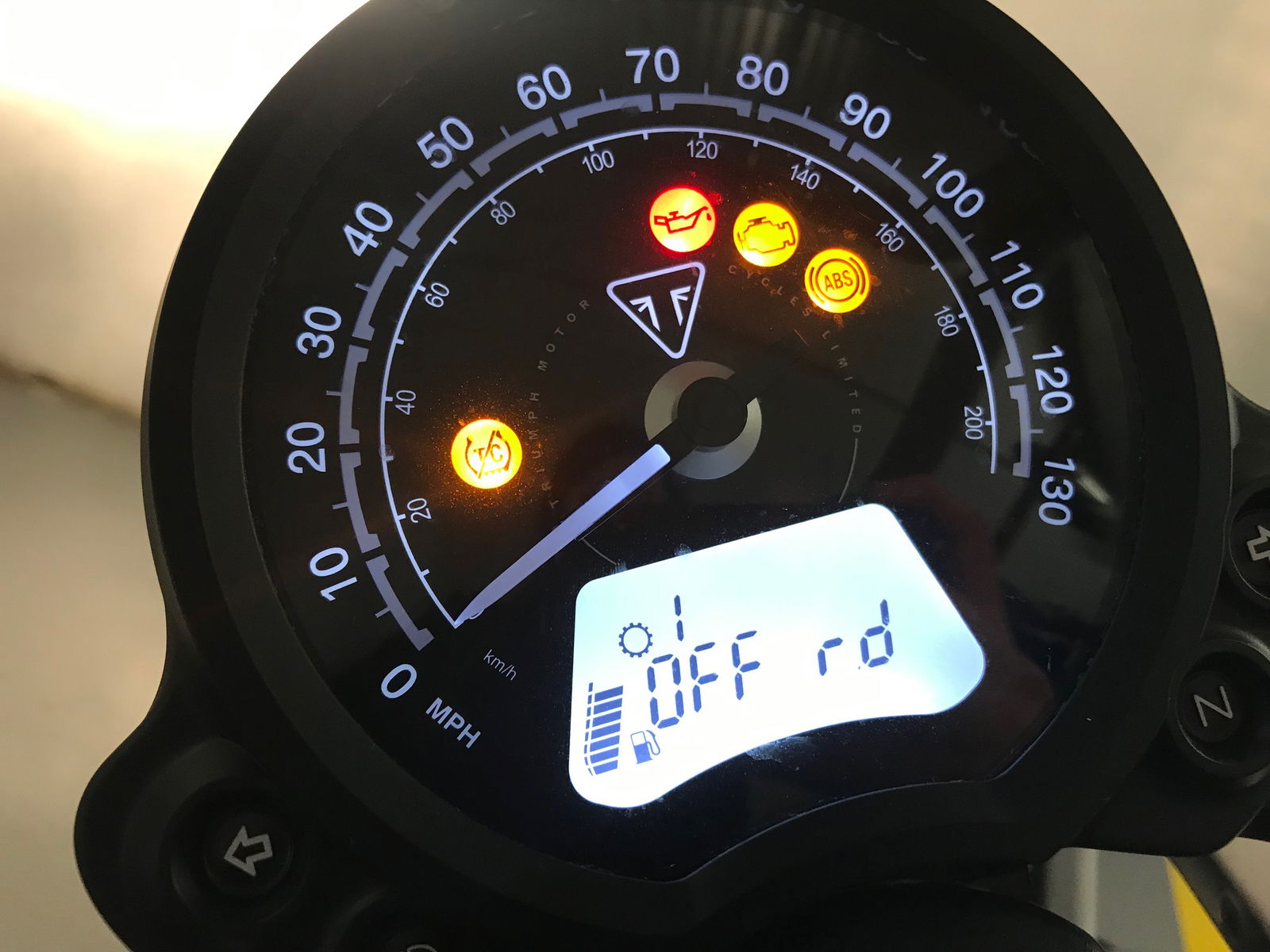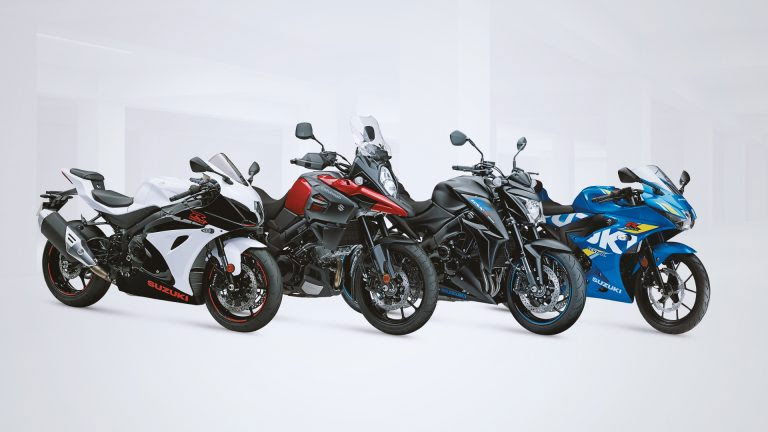First impressions: 2019 Triumph Street Twin and Scrambler
Fresh from the Portugal launch...
.jpg?width=1600&aspect_ratio=16:9)
BACK AT INTERMOT in October, Triumph pulled the wraps off an updated pair of twins.
The Street Twin and Street Scrambler are both relatively new and already extremely popular bikes – the Scrambler has sold more than 900 units in the UK since its launch in 2017, and the Twin has topped 1,900 sales after just two years.

In fact, the Twin is reportedly the British manufacturer’s most popular bike by twofold, meaning it must be doing something right! So why update them?
Well Triumph are heralding these bikes as ‘more of everything’ – more power, more technology, more high spec equipment – you get the picture. But what they certainly aren’t is more weight – in fact, nominal weight loss has taken the Street Twin down to 198kg dry, and the Scrambler to 203kg dry.
So more power, less weight – what’s not to like? Very little, apparently, as I found out on launch yesterday.
I’ve never really been one for modern classics – they always seemed more style over substance. But it didn’t take long yesterday to realise that these bikes are comfortable, capable and clear competitors to conventional commuters.

Ergonomics, first of all, have been tweaked on the Street Twin in order to give a more spacious rider triangle than previously. Achieved by adding 10mm of foam to the seat, this also works wonders banishing any hint of a numb bum on longer rides.
The Scrambler hasn’t received such treatment, but it’s far from uncomfortable. In fact, the higher bars and seat height make for a more natural riding position, and allow the rider to manoeuvre the bike easily underneath them. But both bikes are agile and light, and turn well – yesterday, both were scraping pegs on even the gentlest of bend.

The ride quality has been seriously improved, too, thanks to the addition of new high spec hardware. Four-pot Brembo callipers on a single disc feature on both fronts, as do new KYB 41mm cartridge forks. As a result, there’s decent feel from the brakes, and stopping power is more than adequate across a breadth of speeds. The suspension dealt admirably with the jagged, bitumen-covered craters that criss-crossed Portugal’s mountain roads, even when the back threatened to step out.
Traction control also helped when it came to such instances. The adjustable traction control, ABS, and throttle mode all feature different settings to make for two riding modes of Road and Rain. According to Triumph, these are the first models in their class to feature such tech. The Scrambler gets the additional Off-Road mode, which retains the Road throttle map, and just deactivates ABS and traction control – basically something you could do on the last-gen bike but made far easier. A torque-assist clutch reduces the lever effort signifantly.

Both bikes retain the 900HT (High Torque) powertrain of the previous unit, which has received new lightweight engine components – magnesium engine covers, lighter crankshaft, balance shafts and clutch – allowing it to spin up faster and therefore prolong high levels of torque. The peak of 80Nm remains the same, at 3,800rpm in the Twin and 3,200rpm in the Scrambler.
This also makes for an 18 per cent power hike – that’s about 9hp, with a higher-revving redline, up to 7,500rpm. This additional power is tangible, and combined with the lower weight, makes for an engaging ride.
The two bikes will cost £8,100 (Twin) and £9,300 (Scrambler) when they go on sale in late January. This is £300 more each than their predecessors, but both more than make up for that price hike with the additional tech and spec.
Check back later for my full review and specs.

